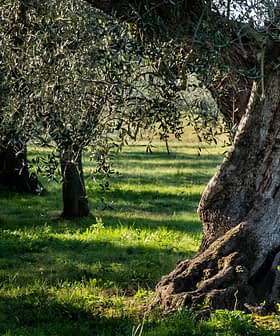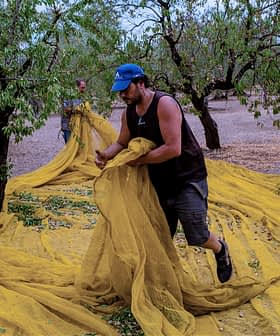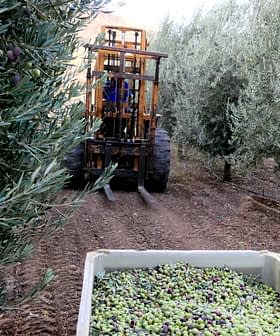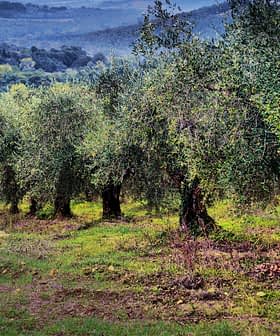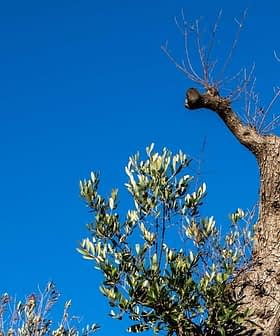Organic Treatment Shows Promise Against Xylella
The implementation of an organic treatment with good agricultural practices during a three-year trial gave encouraging results against Xf.
We have been following the developments over the years of a study for the containment of the Xylella fastidiosa (Xf) bacteria led by the research director of the Olive, Fruit Trees and Citrus Centre of the Council for Agricultural Research and Agricultural Economics Analysis (CREA) in Roma and Caserta, Marco Scortichini, in collaboration with other Italian research institutions including the University of Salento in Lecce, and the US Agricultural Research Service Department of Agriculture, in California.
The research was conducted to evaluate, both in vitro and in the field, the bactericidal activity of a patented compound containing zinc and copper with citric-acid hydracids to control the phytopathogen.
The preliminary findings of the research were presented two years ago during a seminar organized by the IOC, and the final results have recently been published in the peer-reviewed journal devoted to plant pathology, Phytopathologia Mediterranea.

Marco Scortichini
The researchers carried out a three-year field trial in an olive grove in Veglie, in the province of Lecce, containing adult Cellina di Nardò and Ogliarola salentina olive trees, which before the trial were officially declared infected by Xylella fastidiosa subsp. pauca and showed symptoms of the olive quick decline syndrome (OQDS or CoDiRO).
“Experimental field tests are the fundamental core of the research since they allow us to understand how a phenomenon works, but a very important phase is the subsequent implementation of the trial, which in this case gave us encouraging results,” Scortichini said. “Now, our protocol is currently followed by some farmers in infected areas as a practice to contain the disease.”
The researcher said the growers voluntarily asked to follow the procedure, after attending pre-trial meetings, since their olive grove had strong symptoms of the disease. Therefore, in April 2016 they started to implement the protocol, first removing the portions of the olive trees affected by desiccation, then applying the treatment.
“At the present time, their olive trees are full of olives in excellent health,” Scortichini observed. “To give an example, two weeks ago, we counted in some cases, 16 – 18 olives under development on a 12- to 13-centimeter branch.”
Each year during the trial, from early April to October the compound was applied by means of six spray treatments on the crowns of the olive trees. The research results showed that the compound reduced the severity of symptoms in both cultivars. While most untreated trees died by the end of the trial, all treated trees survived with good vegetative status, according to NDVI (Normalized Difference Vegetation Index), as recorded in early October 2017.
Quantitative real-time PCR (Polymerase Chain Reaction) was performed from June 2016 to September 2017, following the official procedures established by the European and Mediterranean Plant Protection Organization (EPPO). The analysis revealed a statistically significant decrease of Xylella fastidiosa cell densities within the leaves of treated trees.

Olive tree in full production in the third year of the field trial
“The reduction of the bacterium is not impossible — co-existence is something that can be achieved,” Scortichini told Olive Oil Times reporter, Cain Burdeau in the third article of his investigative series on Xylella.
According to our researcher, as the bacterium is present over a huge area, at this moment the only solution is to learn how to live with it. “To do that, we developed a method aimed at promoting the vital balance of the olive trees and the territory, including the soil,” he pointed out, adding that they consider it fundamental to reintroduce stabilizing factors in the environmental system, through the development of organic and sustainable practices.
(A further debate concerns the opposition to this kind of approach by those who see a solution to Xf in pesticides.
“Therefore, the promising results we achieved suggest that an integrated management which includes regular pruning of olive trees; soil harrowing toward the end of winter and the beginning of spring, to reduce the populations of the insect vectors which survive on the weeds; and spray treatments with this compound on the olive trees crowns from spring to the end of autumn, could effectively control the disease,” Scortichini concluded.


